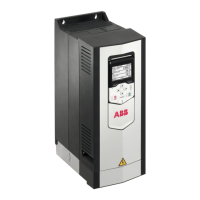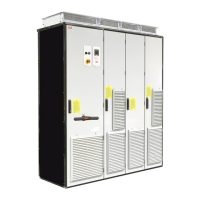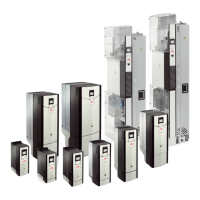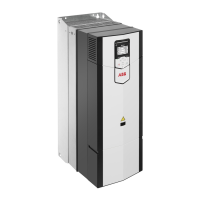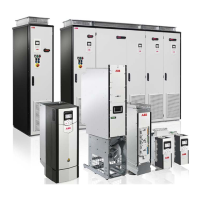Protecting the drive, input power cable, motor and motor
cable in short circuit situations and against thermal
overload
■
Protecting the input cabling and the drive upon a short-circuit
To protect the input cable in short-circuit situations, install fuses or a suitable circuit
breaker at the supply side of the cabling.
The drive is equipped with fuses as standard. In case of a short-circuit inside the drive,
the fuses protect the drive, restrict drive damage, and prevent damage to adjoining
equipment.
■
Protecting the motor and motor cable in short-circuits
The drive protects the motor cable and motor in a short-circuit situation when:
• the motor cable is sized correctly
• the motor cable type complies with the motor cable selection guidelines by ABB
• the cable length does not exceed the allowed maximum length specified for the
drive
• the setting of parameter 99.10 Motor nominal power in the drive is equal with the
value given on the motor rating plate.
The electronic power output short-circuit protection circuitry meets the requirements
of IEC 60364-4-41 2005/AMD1.
■
Protecting the drive and the power cables against thermal overload
The drive protects itself and the input and motor cables against thermal overload
when the cables are sized according to the nominal current of the drive. No additional
thermal protection devices are needed.
WARNING!
If the drive is connected to multiple motors, use a separate circuit breaker or
fuses for protecting each motor cable and motor against overload. The drive
overload protection is tuned for the total motor load. It may not trip due to an
overload in one motor circuit only.
■
Protecting the motor against thermal overload
According to regulations, the motor must be protected against thermal overload and
the current must be switched off when overload is detected. The drive includes a
motor thermal protection function that protects the motor and switches off the
current when necessary. Depending on a drive parameter value, the function either
monitors a calculated temperature value (based on a motor thermal model) or an
actual temperature indication given by motor temperature sensors.
The motor thermal protection model supports thermal memory retention and speed
sensitivity. The user can tune the thermal model further by feeding in additional motor
and load data.
The most common temperature sensor types are PTC or Pt100.
For more information, see the firmware manual.
Guidelines for planning the electrical installation 107
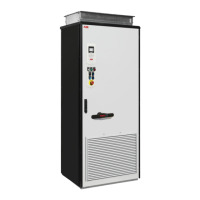
